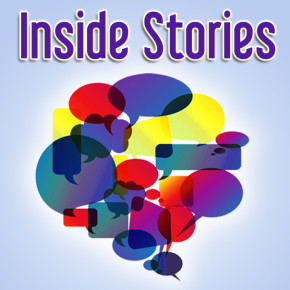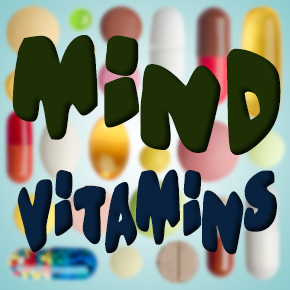Physicians Must Help End the Cycle of Abuse
“You need to come in to the E.D. ASAP.” A new patient was admitted at 2 a.m. and requested for a crisis counselor. Back in 2009 when I was volunteering in New York City, unlike with cases of sexual assault, survivors of domestic violence had to specifically request for the presence of an advocate. This woman, I’ll call her Sadie, had already taken the first courageous step to seek help.







